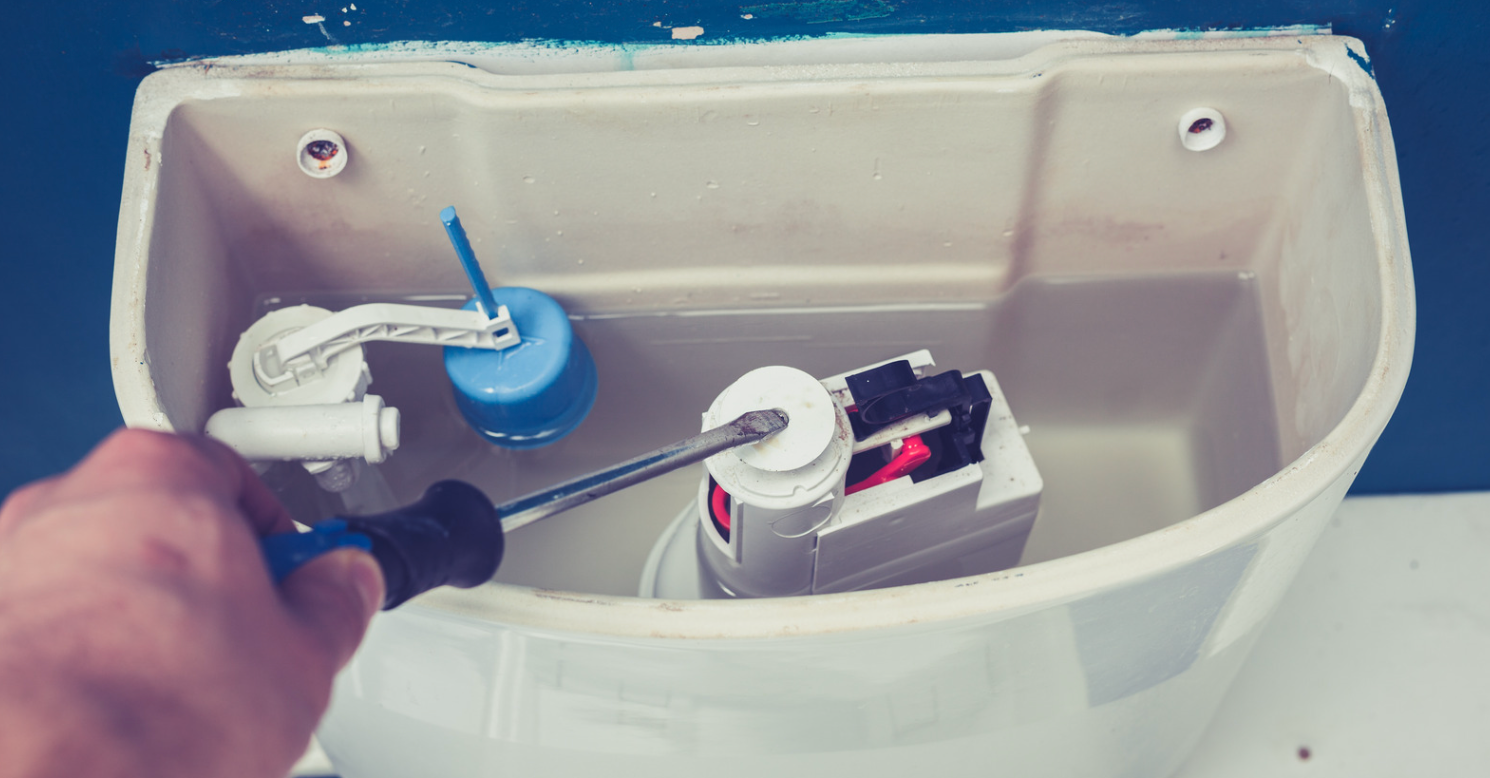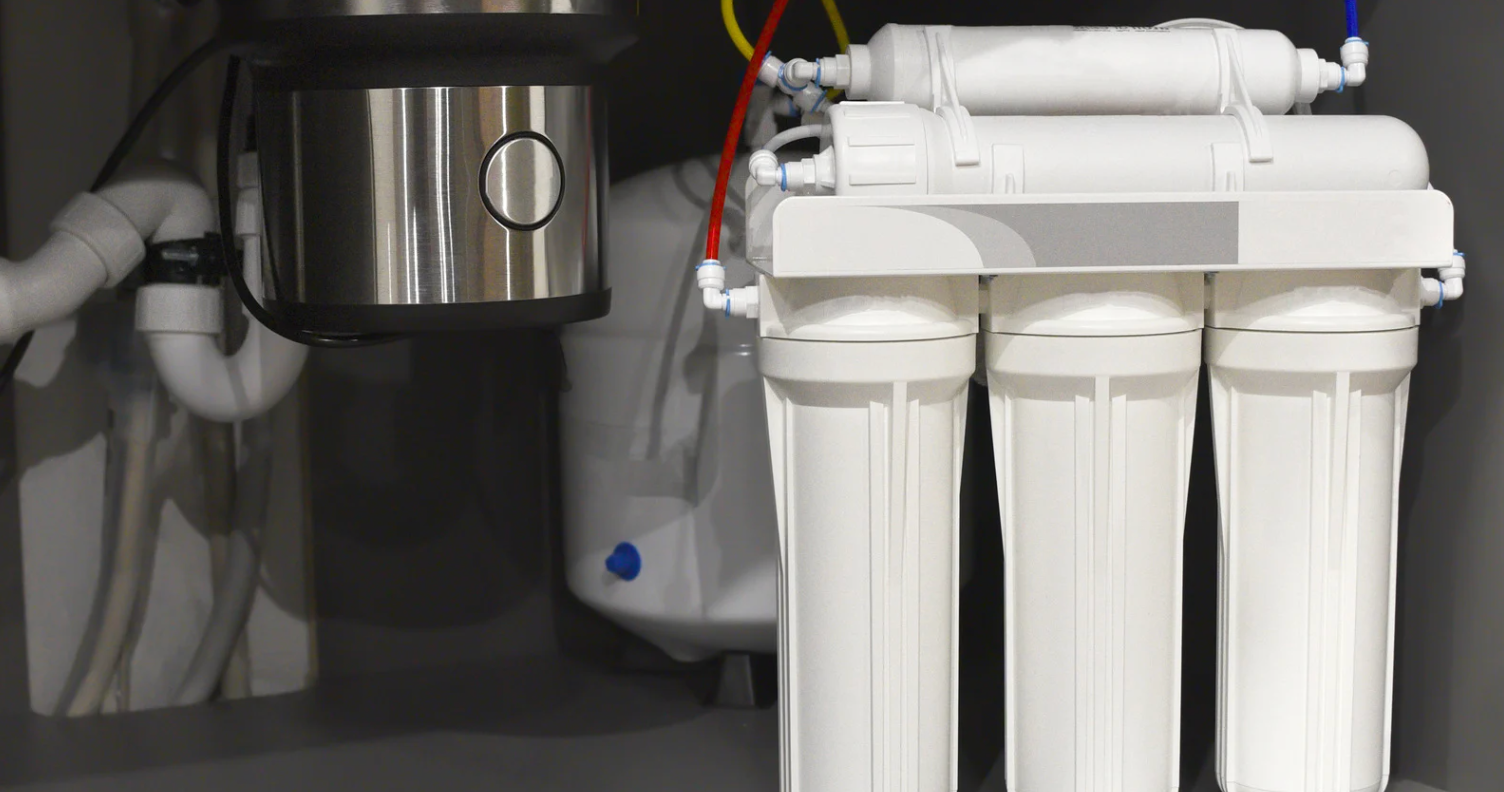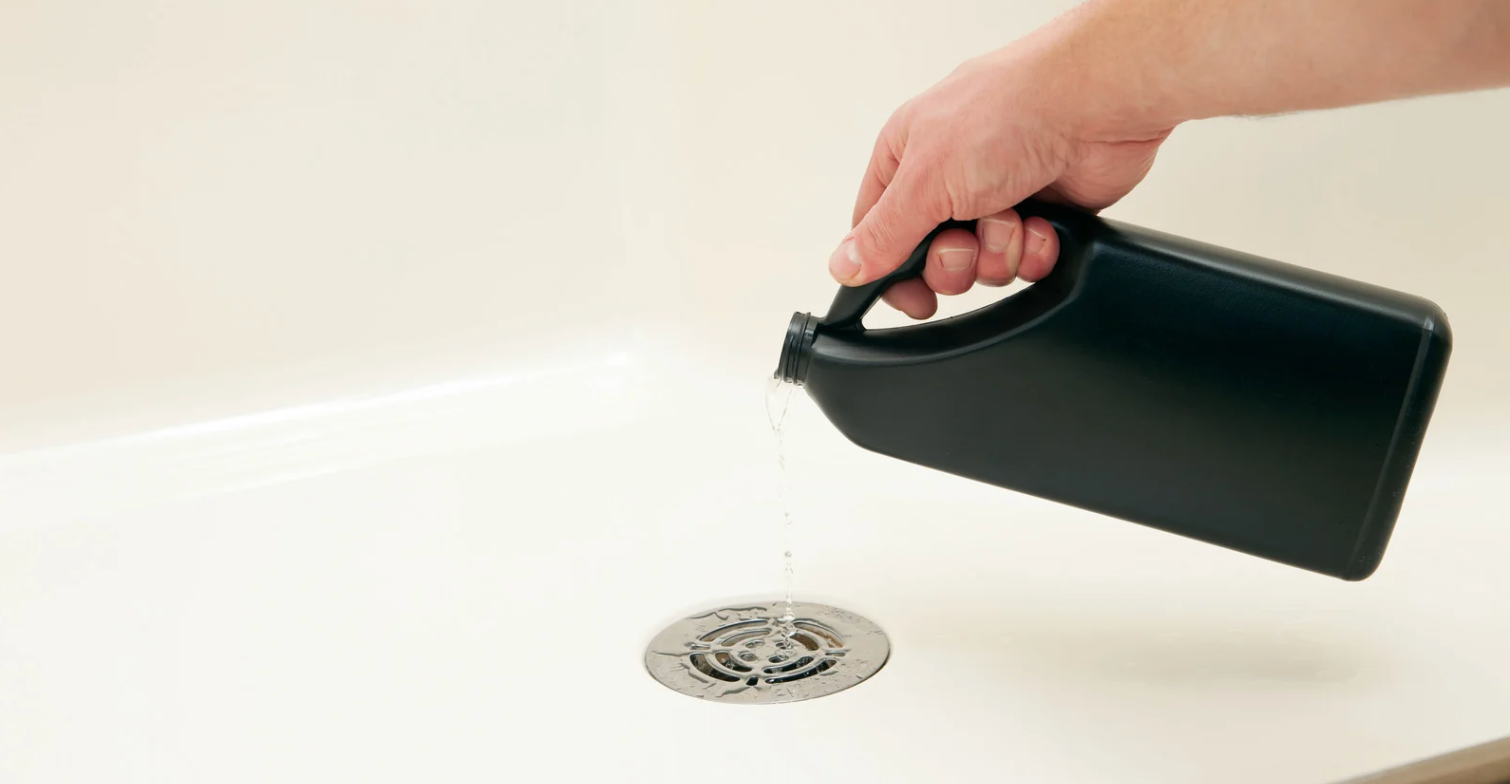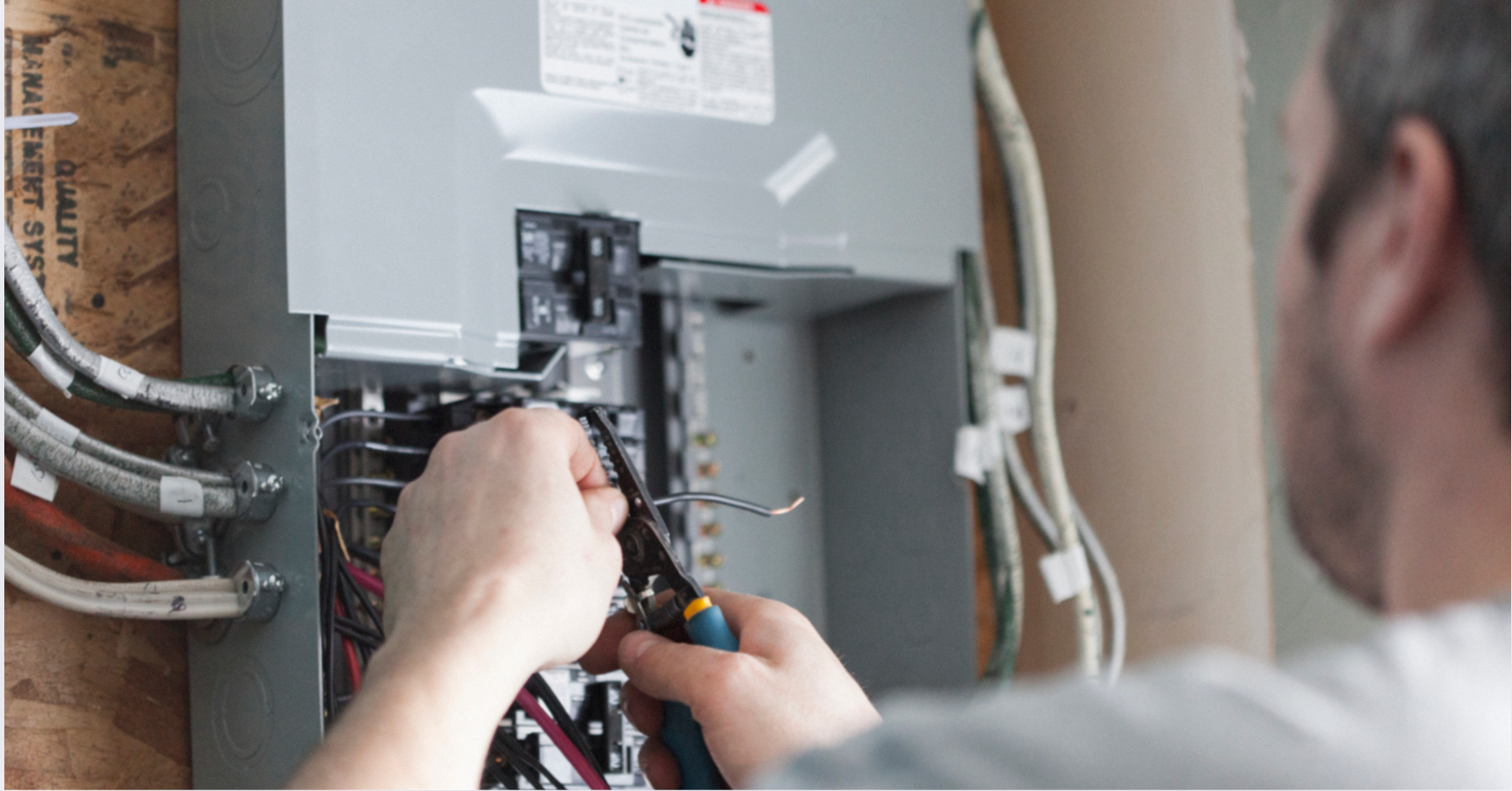How to Fix a Loose Faucet Handle
What to Do When Your Faucet Handle Feels Loose

A loose faucet handle may seem minor, but left unchecked, it can wear down components or even cause leaks over time. At Charlotte Plumbing, we know the importance of keeping fixtures tight and fully functional. Here’s how to fix that wobbly handle with simple tools and a few minutes of your time.
Most faucet handles loosen over time due to daily use. Whether it's in the bathroom or kitchen, the fix is typically quick and doesn’t require special plumbing knowledge. Before you begin, turn off the water supply to avoid accidental spills—especially if you’ll be removing any parts.
Step 1: Identify the Faucet Type
Knowing your faucet type helps you understand what kind of fastening system you’re dealing with:
- Single-handle faucets often have a cap covering a set screw.
- Double-handle faucets may have visible screws on top or under decorative caps.
- Lever-style handles are usually secured with Allen (hex) screws.
Take a close look and gather the tools you’ll need—usually an Allen wrench or Phillips screwdriver.
Step 2: Tighten the Set Screw
Most loose handles are caused by a set screw backing out slightly:
- Use a flathead screwdriver or knife to gently pop off any decorative cap.
- Locate the set screw (typically an Allen screw).
- Insert the correct size Allen wrench and turn clockwise to tighten.
Step 3: Check for Wear or Corrosion
If the screw won’t tighten or keeps slipping:
- Remove the handle and inspect the internal parts.
- Look for rust, worn threads, or stripped hardware.
- Clean any debris or buildup with a cloth and white vinegar.
Step 4: Reassemble and Test the Handle
Once everything is tightened and cleaned:
- Reattach the handle and decorative cap (if applicable).
- Turn the water back on.
- Test the handle for smooth operation and tightness.
If the handle still wobbles, there may be deeper mechanical wear in the valve stem, which may require professional attention.













